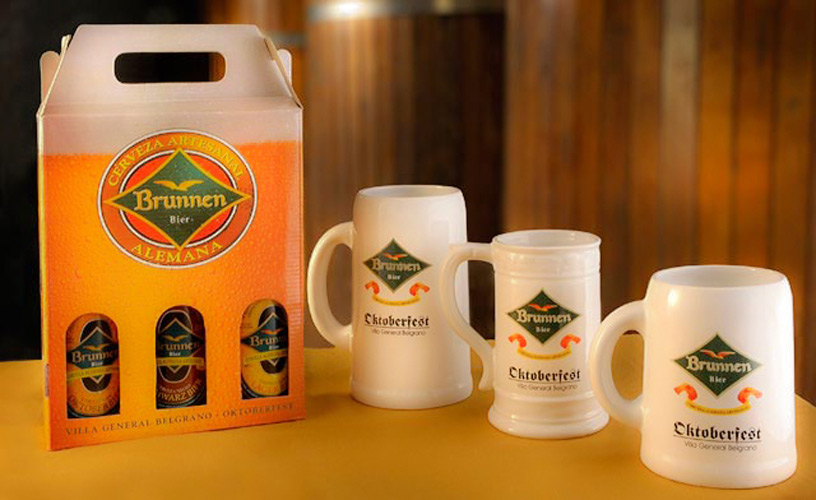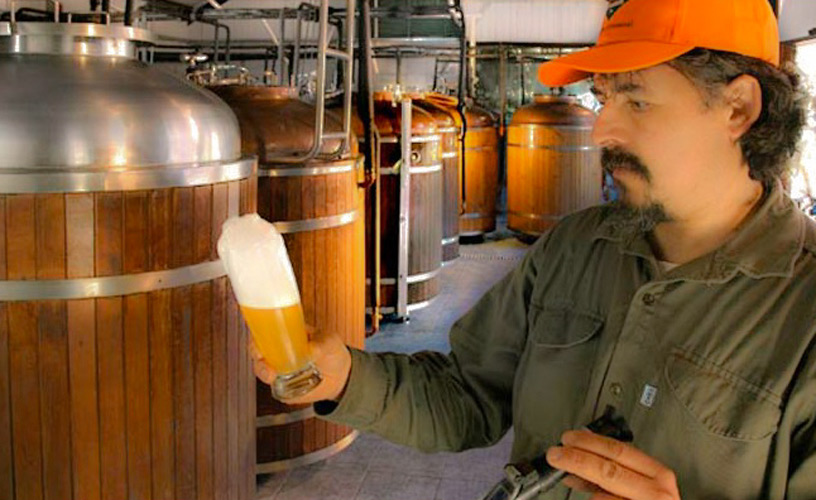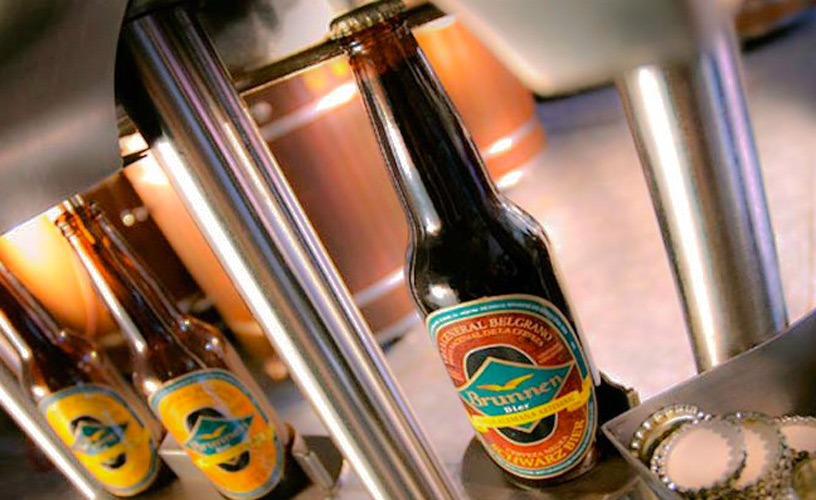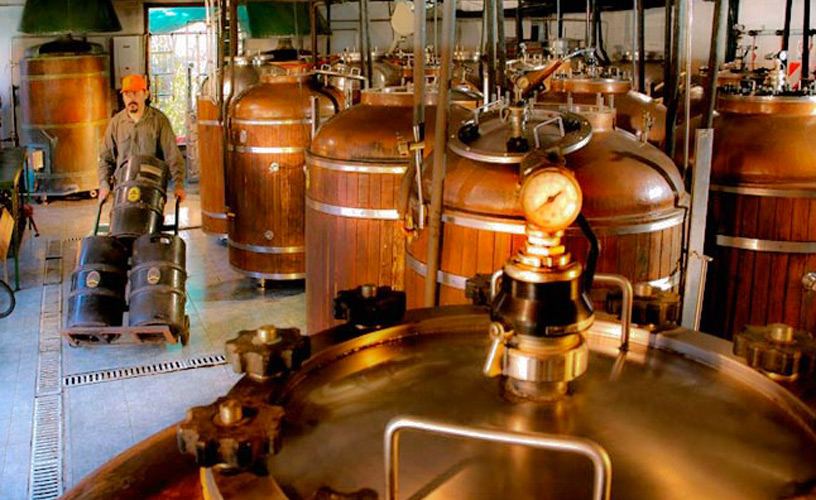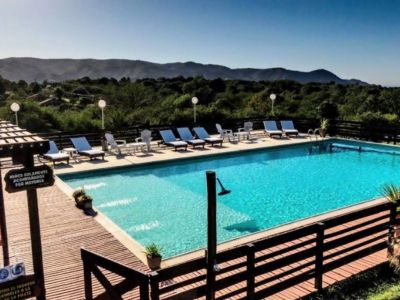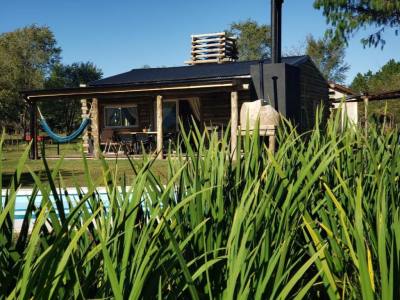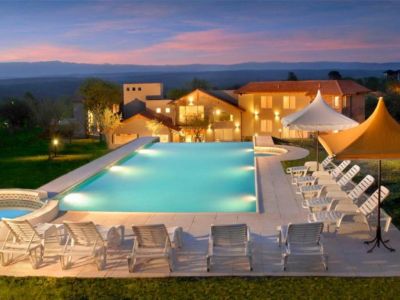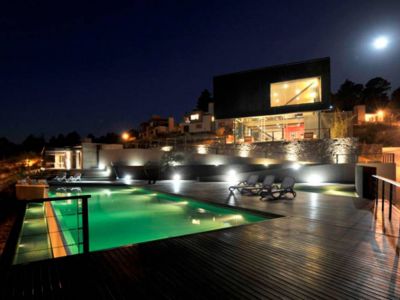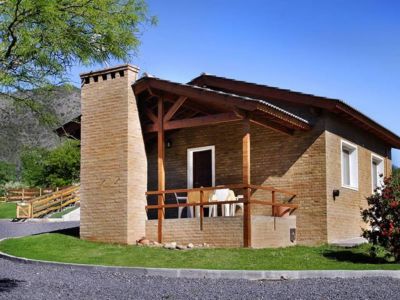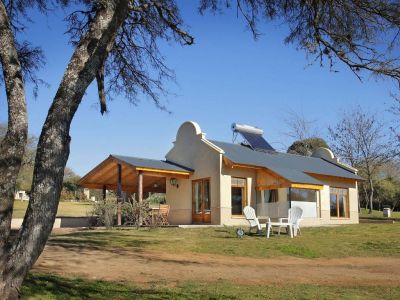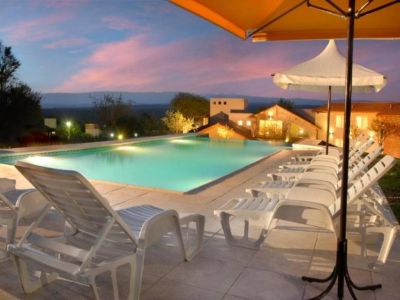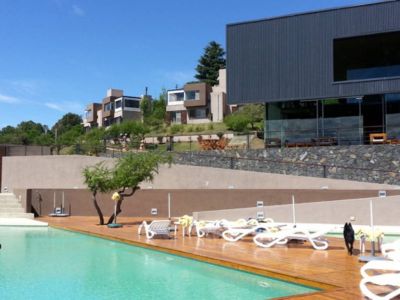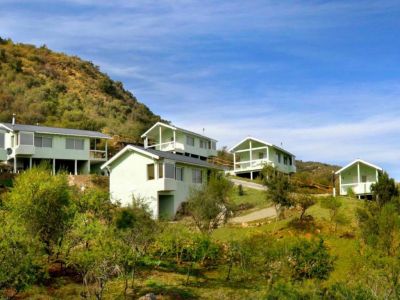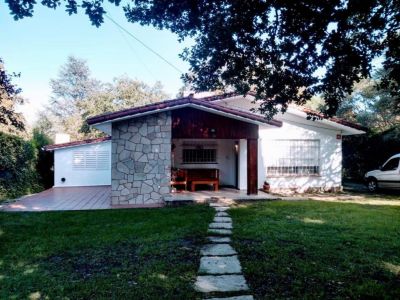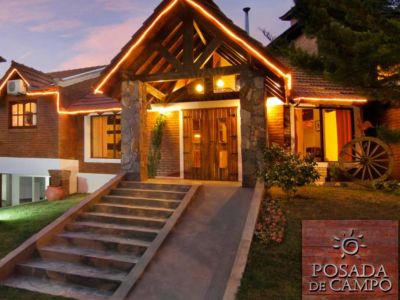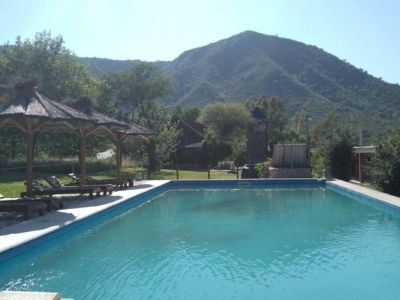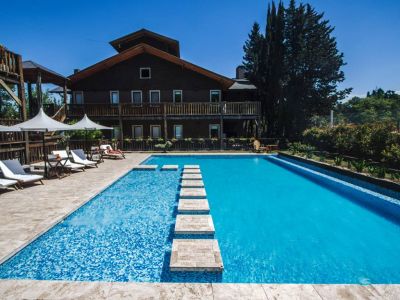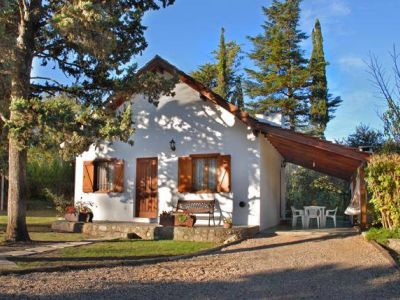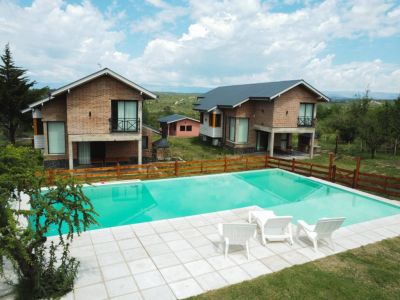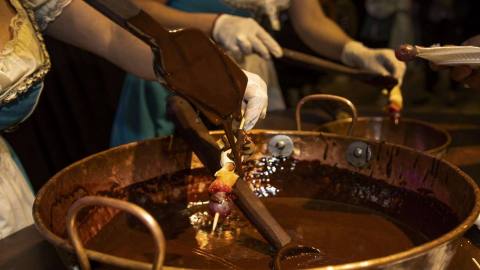In the very heart of Villa General Belgrano, we visited Brunnen Brewery and learned all the secrets about the craft brewing process.
This real beer garden is located at 73 Julio A. Roca Avenue, almost on the corner with 25 de Mayo Street. No sooner had we entered the venue than
the guide gave us a warm welcome and invited us on a tour around the brewery facilities to show us the production steps to make authentic homebrewed beer.
The building housing the
Brunnen brewery was already known as
Posada del Sauce (The Willow Inn), where travelers heading from
Río Cuarto to
Alta Gracia or vice versa would stop to rest and recover their strength.
As time went by,
Villa General Belgrano began to grow and this residence became a school. Afterwards, it adopted its present form: a restaurant in the front part and a brewery in the back.
As we walked along the corridor, the guide explained to us that "Brunnen" means "well" in the German tongue and that the beer has been given that name after the well located in the backyard of the brewery.
Brunnen is the first homebrewed German beer in the country. It is made with German technology and a total production of 25,000 liters per month is managed in the venue. As a result, these are the only facilities in the field producing their own beer.
We soon began to see the entire production system. At first, we stood in front of the basic ingredients of beer: barley, hop -which grants the bitter flavor- and yeast.
We found ourselves before a brew kettle where the water is heated to its boiling point. Next to it, we saw the grain mill. The barley enters the mill through an element called hopper.
The guide explained to us everything about the process of brewing. The barley enters the mash tun and is mixed with the water when the latter reaches a temperature of 60º C. If hotter, the sugars in the malt will get burnt. Furthermore, the cold chain must be strictly kept as homebrewed beer does not contain any additives or preservatives.
Once everything has been properly mixed, the substance obtained is percolated through filters in order to obtain the “wort”. This extract passes onto a barrel where it continues to be diluted with water. Meanwhile, the hop is added in two steps. First 80% of the total amount is incorporated and, 10 minutes before this stage is over, the rest of the hop is added in order to highlight the aroma.
Afterwards, the barley temperature is raised to 90º C and then suddenly decreased to 20º. This sudden change is done in order to let the beer fermentation process strictly speaking start.
Once this step is completed, the beverage begins to be distributed into 5 fermentation barrels, where the last ingredient in the process is added: the yeast.
Fermentation lasts 7 days, during which the yeast begins to decant and the beer is passed onto the following barrels, which have a stainless steel inner lining and are covered with wood outside, which contributes to refrigeration.
Each barrel has a thermometer of its own to control the temperature of the content on a daily basis. It may range between 10 and 20º; so that the fermentation sugars turning into alcohol will not "die". The higher content of sugar, the higher amount of alcohol the beer will have.
The beer remains in these barrels for a total period of 30 days. This means that the total maturation process takes from 37 to 40 days and it may remain stored in the barrels for up to 6 or 7 months.
These barrels -which can contain 1,000 liters- already possess the carbon dioxide foam formed during the production. Last, carbon dioxide is pressurized into the beer so that it may come out of the container successfully.
Once outside, the beer can last between 72 hours and one week. Unlike the rest of commercial beers, this product does not contain any additives, chemicals or preservatives, and it is not pasteurized.
Finally, a part of the production remains in such state (this is called turbid beer and it is rich in minerals), whereas the rest is filtered.
A kind of soil brought from the South of Argentina, called “tomea” is added to the beer to be filtered. It is then filtered and stored in casks once again, where it is left to rest. Afterwards, this product, as well as the turbid beer, is bottled, sealed and launched directly into the market.
Thus, we reached the end of the process. As expected, we were invited to taste the delicious beer accompanied with German cold meat -kassler with chucrut, goulash or weisswurst in the restaurant area.
As we felt the beer spreading through our mouths, we rapidly noticed that the exquisite craft taste of Brunnen Beer is almost unbeatable. Therefore, we recommend that you visit this authentic German craft brewing venue.
Marcelo Sola
Gentileza Brunnen.com.ar
Phone: +54 3546-461832
